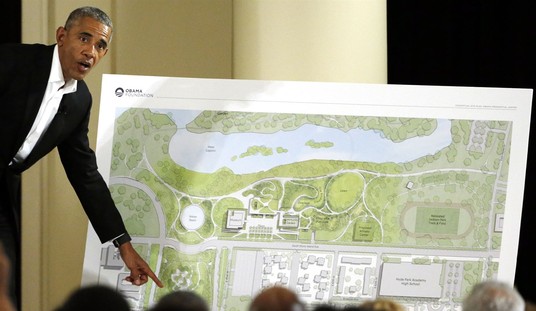The IMDB is reporting that British cinematographer Gilbert Taylor has passed away at age 99. Taylor’s blinding resume includes working with Richard Lester on A Hard Day’s Night, Stanley Kubrick on Dr. Strangelove, Roman Polanski on Repulsion, and Frenzy, directed by Alfred Hitchcock. Oh, and a little-known, seldom-seen cult science fiction movie called Star Wars. Regarding that last film, in 1996, when it awarded Taylor its International Achievement Award, American Cinematographer magazine noted:
The cinematographer’s next project, Star Wars (1977), became a very different sort of high-water mark in his career. The picture’s groundbreaking visual effects earned the lion’s share of the kudos, but by grounding the fantastic story and settings with classical widescreen compositions and clean lighting, Taylor clearly set the visual tone for George Lucas’ space opera. Consumed by the details of the complicated production, “George avoided all meetings and contact with me from day one, so I read the extra-long script many times and made my own decisions as to how I would shoot the picture,” says Taylor. “I took it upon myself to experiment with photographing the lightsabers and other things onstage before we moved on to our two weeks of location work in Tunisia.
One of the first scenes shot in Tunisia shows C-3PO and R2-D2 making their way across the dunes of Tatooine. The production was hampered by inclement weather — the first rain there in years — and “you couldn’t really see where the land ended and the sky began,” says Taylor. “It was all a gray mess, and the robots were just a blur.” Given the situation, Lucas’ request for heavy filtration perplexed the cinematographer. “I thought the look of the film should be absolutely clean; also, I was mindful that there was an enormous amount of process work to be done in America after we finished shooting in England, and I knew a crisp result would help. But George saw it a differently, so we tried using nets and other diffusion. He asked to set up one shot on the robots with a 300mm, and the sand and sky just mushed together. I told him it wouldn’t work, but he said that was the way he wanted to do the entire film, all diffused.” This creative difference was resolved by 20th Century Fox executives, who saw the results of Lucas’ approach and backed Taylor’s recommendation.
After the production traveled back to Elstree, Taylor confronted another dilemma. “[Art director] John Barry’s sets, particularly the Death Star, were like a coal mine. They were all black and gray, with really no opportunities for lighting at all. My work was a matter of chopping holes in the walls and working the lighting into the sets, and this resulted in a ‘cut-out’ system of panel lighting using quartz lamps that we could put in the walls, ceiling and floors. I thought I was going to get sacked, but Fox agreed that we couldn’t have this ‘black hole of Calcutta.’ So George concentrated on the actors while I took care of my end. This lighting approach allowed George to shoot in almost any direction without extensive relighting, which gave him more freedom. But he still wouldn’t talk to me, really. He was very much preoccupied.”
Lucas was infamous for not talking much with his actors, either, but somehow, it all worked out. RIP to a brilliant cinematographer.










Join the conversation as a VIP Member